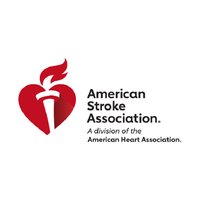
American_Stroke
@american_stroke
The official account of the American Stroke Association, a division of @American_Heart. We're talking about how strokes are preventable, treatable and beatable!
ID: 632926928
http://www.Stroke.org 11-07-2012 14:11:36
9,9K Tweet
23,23K Followers
4,4K Following

Nearly 1 in 4 stroke survivors will have another stroke. Be a bold advocate for yourself by talking to your doctor about managing your risk factors to help prevent another stroke. The HCA Healthcare Foundation is a national sponsor of Getting to the Heart of Stroke™. #StrokeMonth




At 41, Hub Miller suffered a hemorrhagic stroke. Hub has spasticity and is unable to open and close his left hand. But he is full of hope. spr.ly/6187zL9Mf @Ipsengroup is a proud sponsor of the American_Stroke’s Spasticity Education Initiative.



















